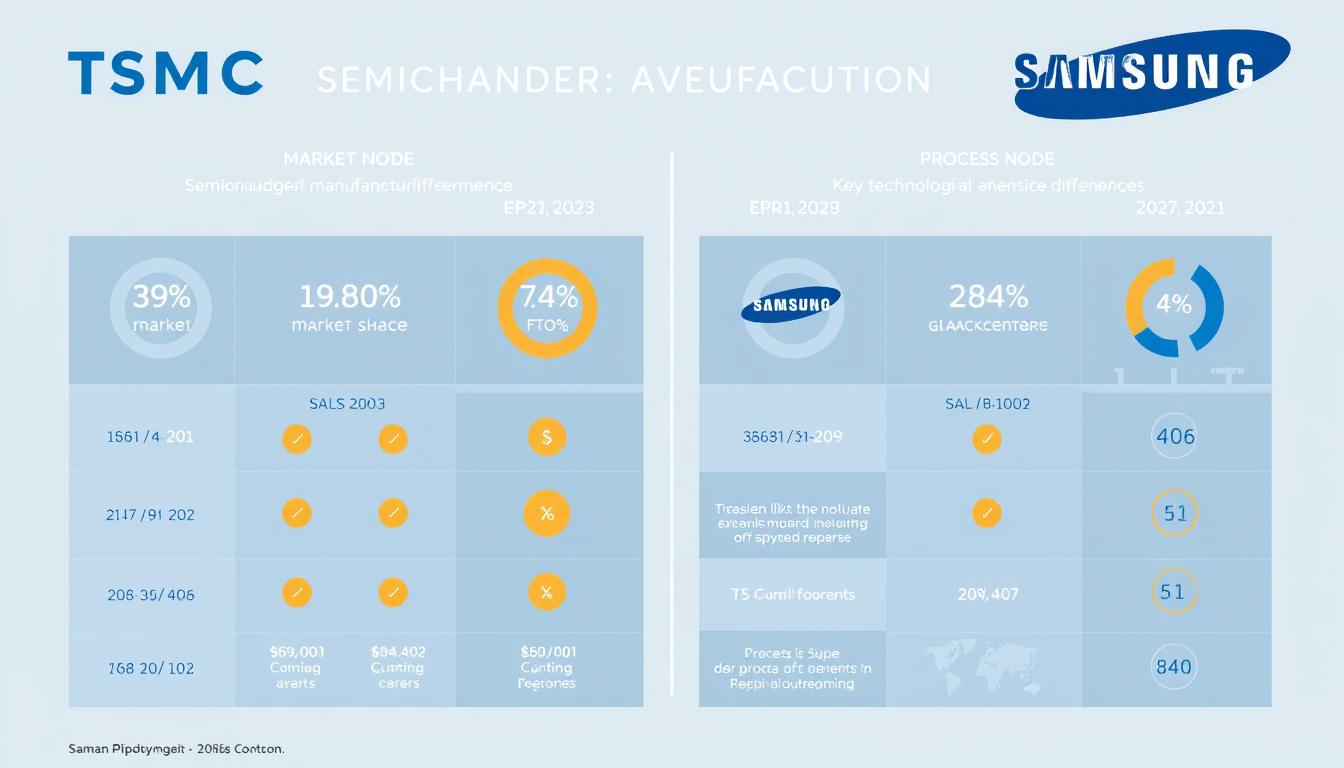The rise of Ctrip, now operating under the Trip.com Group, is a testament to the potential for a travel platform to expand beyond its home market and become a significant global competitor.
With a robust growth momentum in international business, Ctrip reported a net revenue of RMB12.8 billion in the second quarter, showcasing a significant growth rate of 124% following the lifting of COVID-19 restrictions in China.
This dramatic rebound in domestic travel demand and the company’s strategic decisions have enabled Ctrip to leverage China’s growing outbound tourism boom, fueling its international expansion.
Key Takeaways
- Ctrip’s international business experienced robust growth momentum.
- The company’s net revenue reached RMB12.8 billion in the second quarter.
- Ctrip’s expansion was fueled by China’s growing outbound tourism.
- The company operates under the Trip.com Group umbrella.
- Ctrip’s strategic decisions enabled it to become a global competitor.
- The company’s growth rate was 124% after COVID-19 restrictions were lifted.
The Rise of Ctrip in China’s Travel Market
With its roots in China’s travel market, Ctrip has evolved into a comprehensive travel ecosystem. This transformation has been driven by strategic investments in technology, customer service, and supply chain management.
Founding and Early Growth
Ctrip was founded in 1999 by three entrepreneurs: Liang Jianzhang, Liang Nan, and Fan Min. Initially, the company focused on providing online travel booking services to Chinese consumers. Early growth was fueled by the rapidly expanding Chinese middle class and increasing demand for domestic travel.
Dominating the Domestic Market
Ctrip’s dominance in the Chinese travel market can be attributed to its ability to provide a wide range of travel services, including hotel bookings, flight reservations, and package tours. The company’s robust platform connects users with numerous travel suppliers, making it a one-stop-shop for travel needs.

Building a Comprehensive Travel Ecosystem
Ctrip has expanded its services beyond traditional travel booking to create a comprehensive travel ecosystem. This includes travel insurance, visa processing, and airport VIP lounges. The company’s investments in technology, such as AI and big data analytics, have enabled it to provide personalized recommendations and improve customer experience.
| Service | Description | Benefit to Users |
|---|---|---|
| Travel Insurance | Partnerships with insurance providers to offer travel insurance plans | Financial protection against unforeseen events |
| Visa Processing | Assistance with visa applications for international travel | Simplified process for obtaining necessary travel documents |
| Airport VIP Lounges | Access to exclusive airport lounges for a comfortable travel experience | Enhanced travel experience with comfort and convenience |
Ctrip’s ecosystem approach has created significant switching costs for users, helping the company maintain its dominant market position. The company’s robust supply chain management and customer service excellence have been key factors in its success.
Strategic Rebranding to Trip.com Group
With its rebranding, Trip.com Group signaled its ambition to become a global travel leader. This strategic move was designed to facilitate the company’s expansion beyond its Chinese roots and into the international market.
The Significance of the Name Change
The rebranding from Ctrip to Trip.com Group was more than just a name change; it represented a significant shift in the company’s identity and global aspirations. By adopting a more inclusive name, the company aimed to appeal to a broader international audience and establish itself as a major player in the travel industry.
Portfolio of Brands: Ctrip, Qunar, Trip.com, Skyscanner
Trip.com Group’s portfolio includes several prominent brands: Ctrip, Qunar, Trip.com, and Skyscanner. This diverse range of brands allows the company to cater to different customer segments and provide a comprehensive service offering. By leveraging these brands, Trip.com Group has been able to expand its reach and strengthen its position in the global travel market.

Positioning for Global Recognition
To achieve global recognition, Trip.com Group has implemented a region-by-region approach to international expansion, focusing initially on the Asia Pacific region. The company has established regional headquarters in key markets like Singapore, Tokyo, and Edinburgh to build local expertise and relationships. By adapting its service standards and customer experience to meet the expectations of international travelers, Trip.com Group is well-positioned to become a leading player in the global travel industry.
Trip.com Group has covered more than 20 markets worldwide, primarily in the Asia Pacific region. The company sets ROI thresholds for each individual market, with mature markets like Hong Kong achieving sustainable profitability, while newer markets remain in the investment phase.
How Chinese Ctrip Expanded Beyond Its Home Market
Ctrip’s global expansion is a testament to its adaptability and forward-thinking approach. As the company continues to grow beyond its home market, it’s employing a multifaceted strategy that leverages its strengths while adapting to new markets.
Leveraging the Chinese Outbound Tourism Boom
Ctrip has capitalized on the rapid growth of Chinese outbound tourism, using its dominance in this market to negotiate favorable partnerships with international hotels, airlines, and attractions. By controlling a significant portion of Chinese tourist flows, Ctrip brings guaranteed business to potential partners, giving it a strong bargaining position. This strategic leverage has enabled Ctrip to establish a strong presence in key international markets.

Strategic Acquisitions and Investments
Ctrip’s global expansion has been facilitated by strategic acquisitions and investments in local firms that dominate other rapidly expanding markets. By co-investing in these companies, Ctrip can provide infrastructural and capital support, enabling them to expand more quickly. This approach has allowed Ctrip to tap into new markets and build a global presence.
Two-Pronged Global Expansion Strategy
Ctrip’s globalization strategy is characterized by a two-pronged approach. The first prong focuses on serving Chinese travelers abroad, while the second targets non-Chinese international travelers through localized platforms like Trip.com and Skyscanner. By balancing standardization of its core technology platform with cultural adaptation and localization, Ctrip is able to build global scale while mitigating risks associated with overreliance on Chinese outbound tourism. This dual approach allows Ctrip to differentiate itself from Western travel platforms that typically expand with a single global brand.
By adopting this two-pronged strategy, Ctrip is well-positioned to continue its global expansion, capitalizing on the growing demand for international travel services while diversifying its revenue streams.
Challenges in International Markets
Entering international markets poses substantial challenges for Ctrip. Despite its success in China, the company faces hurdles as it expands globally.
Service Quality and Customer Experience Issues
One of the primary challenges Ctrip faces is maintaining service quality and customer experience across different cultures and regions. Ensuring consistency in service delivery is crucial, as customer expectations vary significantly across international markets.
- Adapting to local customs and preferences
- Training staff to meet global standards
- Implementing technology to enhance customer experience
Supply Chain Management Overseas
Managing supply chains effectively is another significant challenge. Ctrip must negotiate with various suppliers and service providers across different countries, each with its own set of regulations and business practices.
Key aspects include:
- Building strong relationships with local suppliers
- Ensuring compliance with international regulations
- Managing logistics across diverse markets
Navigating Geopolitical Uncertainties
Geopolitical tensions and uncertainties directly impact Ctrip’s international business. The company must navigate complex diplomatic relationships and territorial disputes that can affect travel patterns.

Ctrip’s leadership frames these challenges as “short-term impacts,” emphasizing the company’s long-term growth trajectory. By diversifying its market presence and adjusting its strategies, Ctrip aims to mitigate these risks and continue its global expansion.
Conclusion: Future Outlook for Trip.com Group’s Global Ambitions
The future of global travel may be shaped by Trip.com Group, as it leverages its stronghold on Chinese tourism to expand internationally. With its dominance in the Chinese outbound travel market, Trip.com Group is well-positioned to challenge established US players in the industry.
Trip.com Group’s continued growth is supported by its significant financial resources and control over the rapidly expanding Chinese tourism market. The company’s investments in artificial intelligence, big data analytics, and personalization technologies are likely to create differentiation in increasingly commoditized travel booking experiences.
As Trip.com Group expands its global presence, it will need to navigate ongoing service quality challenges and geopolitical uncertainties. However, its business model, which combines hotel and air travel bookings with other travel-related services, provides a solid foundation for future growth in the global market.
In conclusion, Trip.com Group is poised to become an increasingly formidable competitor in the global travel industry. As the company continues to attract travelers from around the world, it is likely to play a significant role in shaping the future of global tourism. This article has provided insight into Trip.com Group’s global ambitions and the factors that will influence its success on the world stage, offering valuable information on the side of this Chinese technology company as it competes with US giants.














